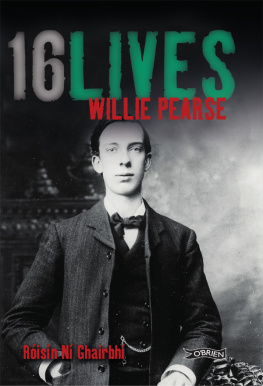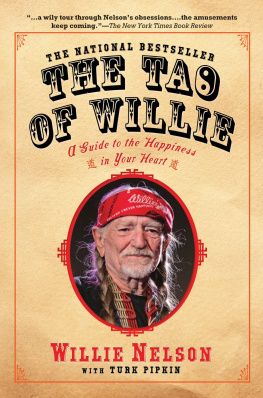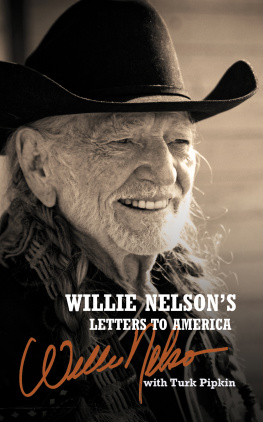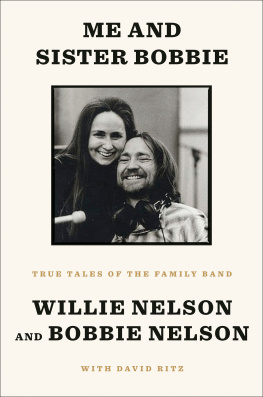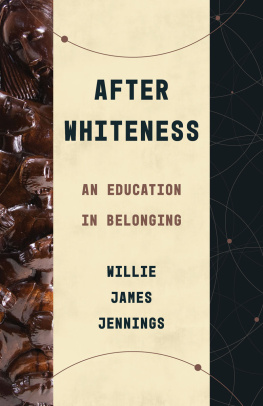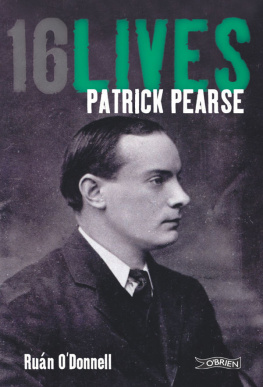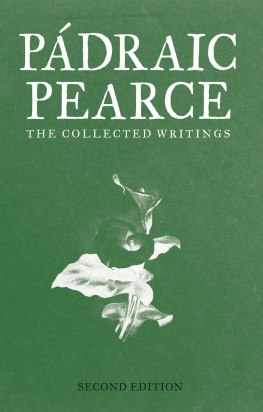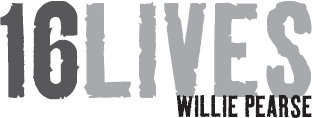
The 16LIVES Series
JAMES CONNOLLY Lorcan Collins
MICHAEL MALLIN Brian Hughes
JOSEPH PLUNKETT Honor O Brolchain
EDWARD DALY Helen Litton
SEN HEUSTON John Gibney
ROGER CASEMENT Angus Mitchell
SEN MACDIARMADA Brian Feeney
THOMAS CLARKE Helen Litton
AMONN CEANNT Mary Gallagher
THOMAS MACDONAGH Shane Kenna
WILLIE PEARSE Risn N Ghairbh
CON COLBERT John OCallaghan
JOHN MACBRIDE Donal Fallon
MICHAEL OHANRAHAN Conor Kostick
THOMAS KENT Meda Ryan
PATRICK PEARSE Run ODonnell

DEDICATION
Do mo mhuintir agus do mo chairde.
ACKNOWLEDGEMENTS
Thanks to the series editors: to Dr. Ran ODonnell for his trust in asking me to write this book and Lorcan Collins for his generous good-humoured support. Mle buochas to everyone at St. Patricks College, Drumcondra, especially my colleagues in Roinn na Gaeilge, for their ongoing collegial support. Thanks to Brian Crowley at the Pearse Museum/Kilmainhnam Gaol Museum and OPW for generously sharing his unrivalled knowledge of the Pearse family and for alerting me at an early stage to many important sources. I was also greatly helped by Brians important research on Willies father, James Pearse. A special thanks to Professor John Turpin who wrote to the author with expert guidance on possible sources for investigating various aspects of the art world frequented by Willie and who also provided kind advice at the final stages.
I would like the acknowledge the gracious help of staff in the following libraries and archives: Leabharlann U Chriagin, St. Patricks College, Trinity College, James Joyce Library UCD and UCD archives, the Allen Library, Special Collections at the Boole Library (UCC), Public Record Office, Kew, Bibliothque Nationale de France, Archives Nationales de France, National Art Library South Kensington, NIVAL at the National College of Art and Design, Irish Capuchin Provincial Archives, the Archives of the Passionist Community at Mount Argus, and especially The National Library of Ireland. The Bureau of Military History witness statements, an online initiative of the Military Archives and National Archives, and the biography database at www.ainm.ie were invaluable sources of information. The author was also facilitated by the Letters of 1916 Project at Trinity and the Hansard House of Commons debates at www.parliament.uk.
Thanks to Willie Pearses grandnephew Noel Scarlett and his son Ciarn for hospitality and generous sharing of information about James Pearse and other members of the family, and to Tony Pearse for sharing information about the Pearse relatives in England including a family tree. I would like to acknowledge help given by Alf and Fionnuala Mac Lochlainn on a previous occasion which also proved helpful for this book.
Thanks to Sen Tadhg Gairbh for reading an early draft and for his expert advice. The extended Gairbh, Griffin and Lee families provided practical help that allowed me to devote time to the book.
The OBrien Press have been wonderfully supportive. In the final stages Jonathan Rossney gave invaluable guidance; thanks also to Helen Carr, Kunak McGann, Nicola Reddy and Michael OBrien.
My interest in the Revival period was sparked by many marvellous teachers, including Hilda Bean U Reachtaire, Professor Gearoid Tuathaigh, Dr. Lionel Pilkington and an tOllamh Gearid Denvir. Many people suggested sources of information or helped in other ways at various times including Dara Conaola, Deirdre Nic Mhathna, Pdraig Snodaigh, Lorraine Peavoy, Angus Mitchell, rla Nic Aodha, Ted Garvey, Brian Conchubhair, Michel Mac Craith, Julian de Spinn, Therese U Ghairbh and Emer N Dhomhnaill. Discussion of the St. Endas plays draws partly on research completed in collaboration with my colleague Dr. Eugene Mc Nulty for an edition of Patrick Pearses plays. The participants in a subsequent conference also influenced my reading of the theatre world Willie moved in. Though I do not share all of the conclusions reached by Ruth Dudley Edwards in relation to Willie Pearse, her book on Patrick provided vital initial guidance.
Thanks to all my friends for their interest and ongoing support. And finally to my parents, Mire agus Sen, my brothers Sen Tadhg, Domhnall and Cillian, my ever-patient husband Aidan Lee and our two small daughters, Sadhbh ine and Nra: mle mle buochas for your patience, love, support and inspiration.
LIVES Timeline
184551. The Great Hunger in Ireland. One million people die and over the next decades millions more emigrate.
1858, March 17. The Irish Republican Brotherhood, or Fenians, are formed with the express intention of overthrowing British rule in Ireland by whatever means necessary.
1867, February and March. Fenian Uprising.
1870, May. Home Rule movement founded by Isaac Butt, who had previously campaigned for amnesty for Fenian prisoners.
187981. The Land War. Violent agrarian agitation against English landlords.
1884, November 1. The Gaelic Athletic Association founded immediately infiltrated by the Irish Republican Brotherhood (IRB).
1893, July 31. Gaelic League founded by Douglas Hyde and Eoin MacNeill. The Gaelic Revival, a period of Irish Nationalism, pride in the language, history, culture and sport.
1900, September.Cumann na nGaedheal (Irish Council) founded by Arthur Griffith.
190507.Cumann na nGaedheal, the Dungannon Clubs and the National Council are amalgamated to form Sinn Fin (We Ourselves).
1909, August. Countess Markievicz and Bulmer Hobson organise nationalist youths into Na Fianna ireann (Warriors of Ireland) a kind of boy scout brigade.
1912, April. Asquith introduces the Third Home Rule Bill to the British Parliament. Passed by the Commons and rejected by the Lords, the Bill would have to become law due to the Parliament Act. Home Rule expected to be introduced for Ireland by autumn 1914.
1913, January. Sir Edward Carson and James Craig set up Ulster Volunteer Force (UVF) with the intention of defending Ulster against Home Rule.
1913. Jim Larkin, founder of the Irish Transport and General Workers Union (ITGWU) calls for a workers strike for better pay and conditions.
1913, August 31. Jim Larkin speaks at a banned rally on Sackville (OConnell) Street; Bloody Sunday.
1913, November 23. James Connolly, Jack White and Jim Larkin establish the Irish Citizen Army (ICA) in order to protect strikers.
1913, November 25. The Irish Volunteers are founded in Dublin to secure the rights and liberties common to all the people of Ireland.
1914, March 20. Resignations of British officers force British government not to use British Army to enforce Home Rule, an event known as the Curragh Mutiny.
1914, April 2. In Dublin, Agnes OFarrelly, Mary MacSwiney, Countess Constance Markievicz and others establish Cumann na mBan as a womens volunteer force dedicated to establishing Irish freedom and assisting the Irish Volunteers.
Next page
